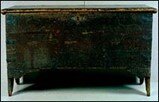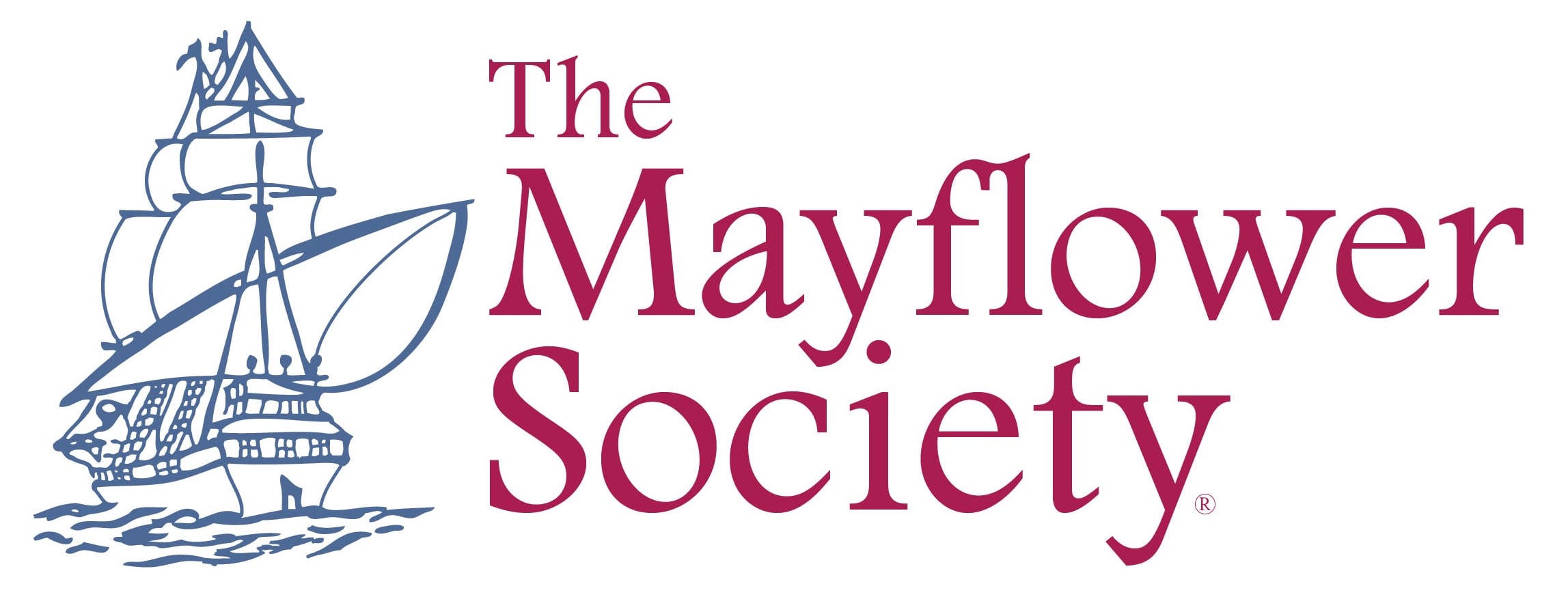The Brewster Family
Passenger Profile
William Brewster was accompanied on the Mayflower by his wife, Mary, and sons Love and Wrestling. Also with the family was four year old Maria/Mary Moore whose sister Ellen and brothers Richard and Jasper More had been placed with families making the voyage; brother Richard was the only child who survived. The Brewsters left three children behind in Holland, Jonathan, Patience and Fear, however Jonathan arrived in Plymouth a year later on the Fortune in 1621, and sisters Patience and Fear arrived on the Anne in 1623. Both sisters would die 10 years later during the 1633 epidemic that swept through Plymouth resulting in many deaths.
William Brewster, was the son of William and Mary (Smith) (Simkinson) Brewster, born probably at Scrooby, Nottinghamshire, between June 1566 and June 1567. The family lived at Scrooby, Nottinghamshire, when William, Sr. was appointed by the Archbishop of York as the receiver and bailiff of Scrooby Manor on 4 January 1575. On 3 December 1580, when he was about 14 years of age, young Brewster went off to Peterhouse College at Cambridge University, although he did not receive his degree. In 1585, William became secretary under William Davison and accompanied him on a diplomatic mission to the Netherlands, at the time at war with Spain.
By 1588, William had returned to Scrooby Manor where his father had been promoted to postmaster. He married, circa 1590 to 1593, Mary ( ) whose identity is unknown.
Upon assuming the throne following Queen Elizabeth’s death in 1603, King James reasserted the power of the church and opposed religious reformers, forcing them into hiding. Richard Clyfton of Babsworth had been preaching Puritan sermons as was John Smyth at nearby Gainsborough. In 1606, John Smyth and his congregation left for Amsterdam. John Robinson and his congregation began secretly meeting at Scrooby and the following year, William was discovered. He resigned from his position as Postmaster, collected his salary and left Scrooby.
William and others were summoned to appear in court, being cited for religious disobedience. As the families tried to flee England they were betrayed to the authorities; their belongings were seized and they were imprisoned. By 1608, the majority of the congregation had made their way safely to Amsterdam, however in 1609 they moved on to Leiden where they remained while planning their 1620 voyage.
While in Leiden, William established a printing press along with Thomas Brewer and Edward Winslow. Over the next two years, books and tracts declared illegal in England were being printed and smuggled into the country. At the request of the English Ambassador to Holland, Dutch authorities issued warrants for Brewster and Brewer but only Brewer could be located and he was sent back to England to stand trial.
William signed the Mayflower Compact on 11 November 1620 while the ship lay anchored at Provincetown. In 1623, he received six acres with his family as passengers on the Mayflower; son Jonathan received one acre as a passenger on the Fortune; and daughters Patience and Fear each received one acre as passengers on the Anne. In the 1627 Cattle Division, William Brewster’s group included his sons, Love, Wrestling and Jonathan Brewster; Jonathan’s wife, Lucretia; and grandchildren, William and Mary Brewster. In Leiden, William had been chosen an Elder of the church, and he continued as such in Plymouth, often leading the church when they did not have a minister.
William Brewster died at Duxbury, 10 April 1644 and his wife Mary died at Plymouth on 17 April 1627. Brewster was much respected throughout his life and his death was a blow to those around him; Bradford said that it was a “mater of great sadness and mourning to them all.”

Material: Norway pine, iron
30″ high, 50 1/2″ wide, 19″ deep
Probably made in Holland, early 17th century
Descended in the Brewster family
It is believed that Elder Brewster brought this chest from Holland to England on the Speedwell and to America on the Mayflower in 1620.
At the time the Pilgrims lived in Holland, pine from Norway was plentiful, as a result of extensive trade between the two countries. A chest was the single most important piece of furniture a colonist could bring. It could be used not only for storage, but also as a table surface, seat, or even bed.
The dark reddish-brown paint is probably original. Iron straps reinforce the chest and it has inside hinges, typical of the era. The six-board form dates from the 16th century.
